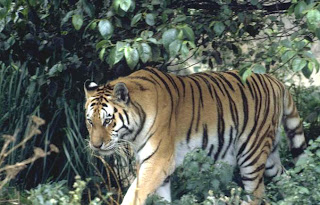Shat gambuj mosque the old and beautiful mosque in the world. It is one of the greatest tourist attraction and best architectural beauties of bangladesh . The name shat gambuj can be literally translated as ''shat''-sixty ''gambuj''-domes in the bangali language ''shat gambuj'' ''sixty domes''.
 The most spectacular of which is the imposing multidomed mosque in bangladesh, known as the shat gambuj mosque . The stately fabric of the monument stands on the eastern bank of a vast sweet-water tank, clustered around by the heavy foliage of a low-lying countryside char-acteristic of a seacoast landscape . The mosque is roofed over with 77 squat domes, including 7chauchala or four-sided dimes in the middle row. The vast prayer hall is provided with 11 arched door -ways on east and 7 each on north and south for ventilation and light. It has 7 longitudinal aisles and 11deep days by a forest of slender stones columns. From these columns spring rows of endless arches supporting the domes. The arches are six in thickness, have slightly tapering hollow and round walls. The interior and the exterior of the mosque give a view of rather plain architecture but the interior western wall of the mosque was beautiful decorated with terracotta flowers and foliage. Besides being used as a prayer hall the mosque was also used as the court of khan jahan ali.
The most spectacular of which is the imposing multidomed mosque in bangladesh, known as the shat gambuj mosque . The stately fabric of the monument stands on the eastern bank of a vast sweet-water tank, clustered around by the heavy foliage of a low-lying countryside char-acteristic of a seacoast landscape . The mosque is roofed over with 77 squat domes, including 7chauchala or four-sided dimes in the middle row. The vast prayer hall is provided with 11 arched door -ways on east and 7 each on north and south for ventilation and light. It has 7 longitudinal aisles and 11deep days by a forest of slender stones columns. From these columns spring rows of endless arches supporting the domes. The arches are six in thickness, have slightly tapering hollow and round walls. The interior and the exterior of the mosque give a view of rather plain architecture but the interior western wall of the mosque was beautiful decorated with terracotta flowers and foliage. Besides being used as a prayer hall the mosque was also used as the court of khan jahan ali.







